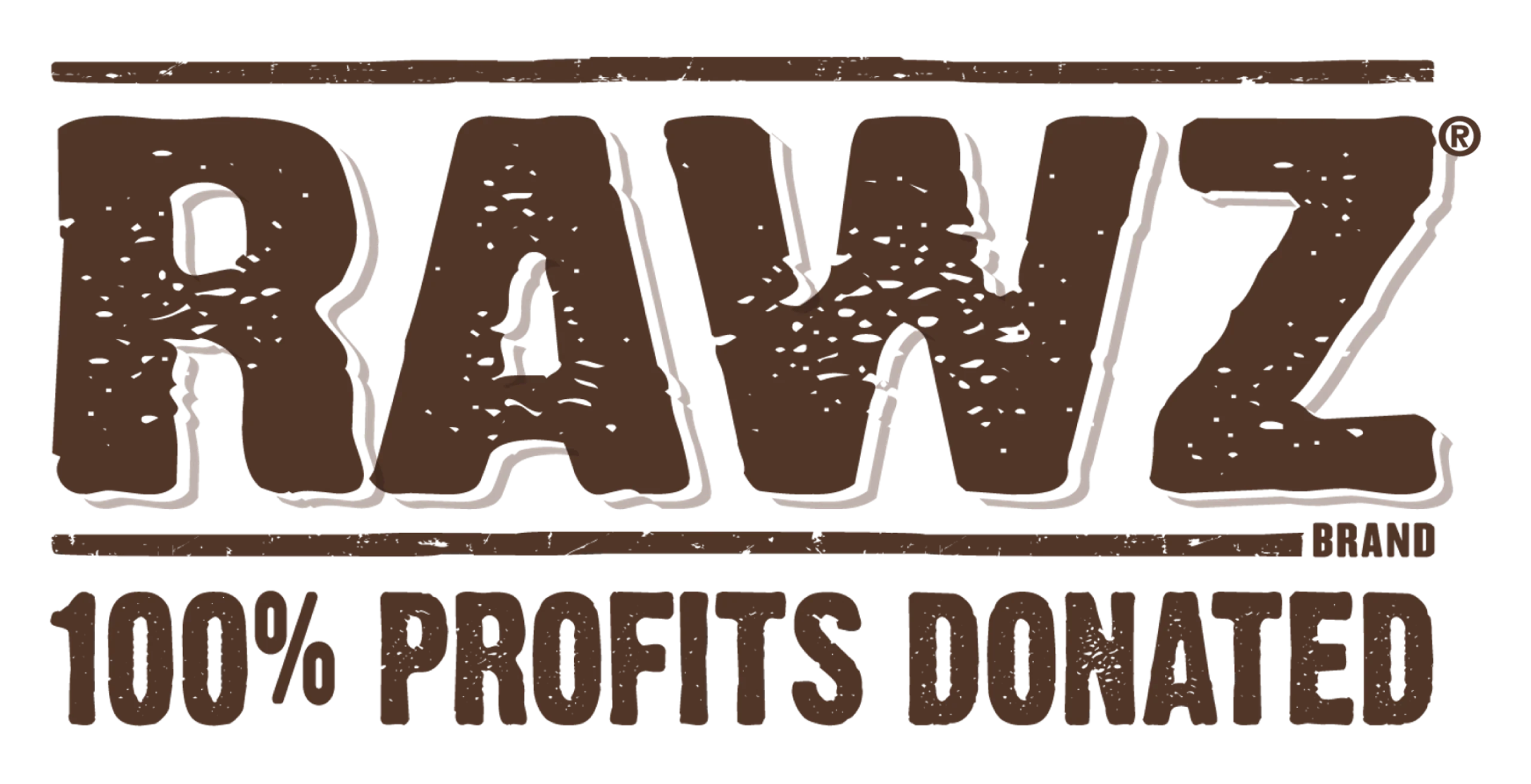I don’t like to go on and on ad-nauseum about how great it is to spend time with our fantastic retail partners and fellow pet lovers at RAWZ demos; for two reasons. I mean to be honest, as the middle child I don’t usually get that much air-time, and, my dad might make me pay him an hourly rate to work if he thinks I’m having too much fun! However, it is talking with the extended RAWZ community at these events that gives me direction for most of my posts. That said, one concern I often hear from pet parents is that that diet changes cause digestion distress, usually emphasized by recounting a recent challenging experience!
So why is it you may ask would moving to a superior diet like RAWZ pose any challenges, isn’t a better food supposed to be easier? I can really identify with these concerns, not just in regards to difficulty with change myself (Mom calls it stubbornness, while I prefer “difficulty with change”), but with some understanding of an animal’s GI systems.
There are a few important factors that make changing a pets’ diet particularly challenging. First and perhaps most obvious is that because pets typically eat the same exact diet exclusively for great periods of time the GI tract becomes conditioned. Like human’s, pets GI systems, while adaptable, become conditioned to the macronutrient breakdown of their eating pattern. However; for pets who eat the same meal so consistently, any change or transition to something new will take time to adjust. Common difficulties are loose stools or diarrhea, which while messy and inconvenient, generally don’t indicate serious problems. Prolonged vomiting should not occur and your veterinarian’s assistance can be sought.
We can all probably relate to sitting down to a unique meal or treat and having it seemingly disappear from our plate. With pets shifting to a new diet this phenomenon is referred to as the novelty factor. When a pet gobbles a food down faster than usual some digestive strain can occur.
Lastly, RAWZ’s high meat content and minimally processed ingredients can take time for a pet’s system to adjust to, which is to be expected. Generally, pets on raw diets see almost no intestinal distress when incorporating RAWZ, and those on grain-free, higher meat diets transition quite smoothly. With these factors in mind, we recommended transitioning to feeding 100% RAWZ in 5-7 days. An addition of a 20% portion of RAWZ (to the total food fed each day) usually yields good results.





